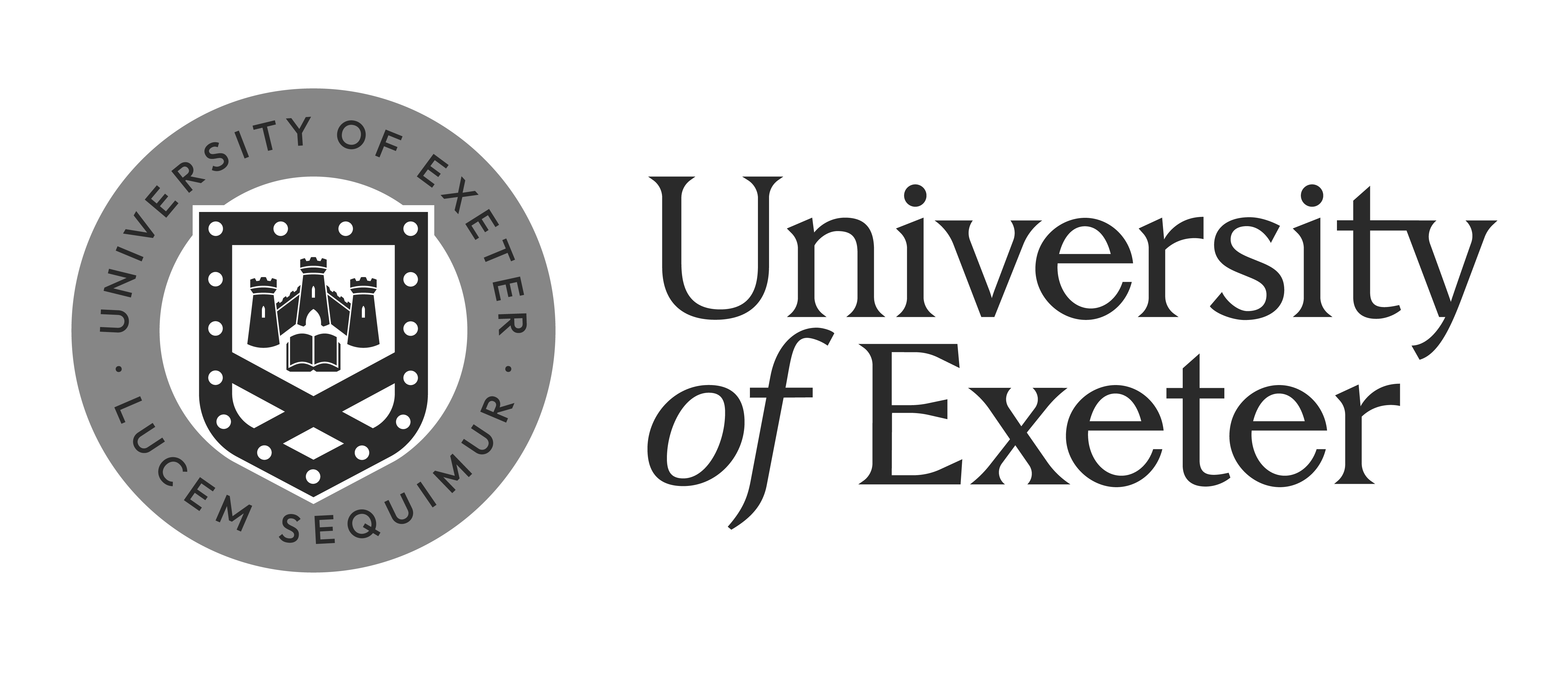F2505 Intercultural Communication: Visual Representation and the Cultural Other
Professors
Schedule
Course description
Knowledge of cultures and societies beyond the boundaries of Europe was and is created by texts and images. The impact of images tends to be underestimated. Compared with studies of texts, studies of photography and films have been neglected for a long time. Both media were invented in the 19th century when European colonial expansion had reached its peak. Mechanically produced images contributed to the legitimation of the colonial project and created collective phantasies and misconceptions with astonishingly long lives. In the social sciences, especially in anthropology, photographs have been used for the documentation and analysis of races and cultures around the world. With the development of moving pictures, debates about the “nature” of mechanically produced images and their relation to reality came up: Do photographs and films represent empirical realities or are they primarily products of imagination? This question continues to be discussed. Although pictures are subject to various kinds of manipulation, they are nevertheless still considered to be proof of specific external realities. The discussion of visual representations of the cultural other adds the dimension of power. What kind of power relations existed at the time the pictures were taken? Who owns, manipulates and distributes the images today? These and other questions are discussed from a historical perspective in an attempt to discover continuities and trace changes in the general approach to images. Modern print media, TV-coverage and representations of other cultures in Hollywood movies are included in the corpus to be discussed.
The seminar addresses the following themes: visual technologies and evolutionary thought in the 19th century; images produced by the colonized; visual representations of independence movements; the anthropological study of the cultural other; the ontology of images from a transcultural perspective; photography and film in the social sciences; visual versus textual representations; images, power and the construction of social realities.
Seminar organisation:
Teaching and evaluation method
Every week, one text from a reader will be read to prepare for the next session.
All students will be expected to write three short essays (1.5 to 2.5 pages) during the semester and present them in class. The chosen topic may be from any kind of visual format for a more general comparison.
There will be an oral examination at the end of the semester.
Students’ grades will be composed of three pillars:
1. Three short essays (30%)
2. Class participation (30%)
3. Oral examination (40%)
Syllabus
Week 1: Photography as a Technique and as a Method
Readings: Sontag, Susan. "On Photography." In Communication in History. Technology, Culture, Society, edited by David Crowley and Paul Heyer, 174-177. New York: Longman.
Week 2: The Beginning of Photographic Representation of the Cultural Other
Readings: Egan, Shannon. 2006. "„Yet in a Primitive Condition“: Edward C. Curtis´s North American Indian. American Art 20 (3): 58-83.
Week 3: The Visible and the Invisible in Pictorial Representation
Readings: Suhr, Christian, and Rane Willerslev. 2012. "Can Film Show the Invisible?" Cultural Anthropology 53 (3): 282-301.
Week 4: The Beginning of Filming the Cultural Other
Readings: Huhndorf, Shari M. 2000. "Nanook and his Contemporaries: Imagining Eskimos in American Culture, 1897-1922." Critical Inquiry 27 (1): 122-48.
Week 5: Orientalism as the Larger Context of Cultural Representation
Readings: Burney, Shehla. 2012. "Orientalism: The Making of the Other." Counterpoints 417: 23-39.
Week 6: Photographs and Other Forms of Materialities
Readings: Wintley, Claire. 2016. "Material Histories. Objects and Imaginings of the Andaman and Nicobar Islands." In Manifestations of History. Time, Space, and Community in the Andaman Islands, edited by Frank Heidemann and Philipp Zehmisch. Delhi: Primus: 54-74.
Week 7: The Beginning of Photography in China
Readings: Gu, Yi. 2013. "What´s in a Name? Photography and the Reinvention of Visual Truth in China, 1840-1911." The Art Bulletin 95 (1): 120-38.
Week 8: Photography and Surveillance
Readings: Tagg, John. 1999. "Evidence, Truth, and Order. A means of Surveillance." In Visual Culture. The Reader, edited by Jessica Evans and Stuart Hall. London: Sage: 244-73.
Week 9: Photography as a Process and as a Proof
Readings: Roberts, John. 2009. "Photography after the Photograph. Event, Archive, and the Non-Symbolic." Oxford Art Journal 32 (2): 283-98.
Week 10: The Shifting Power of Representation
Readings: Stoddart, Jeremy, Alan Marcus, and David Hicks. 2014. "The Burden of Historical Representation. The Case of/for Indigenous Film." The History Teacher 48 (1): 9-36.
Week 11: Anthropological Filmmaking in the 21st Century
Readings: MacDougall, David. 2006. "Social Aesthetics and the Doon School." In The Coporeal Image, edited by David MacDougall. Princeton: Princeton University Press: 95-119.
Week 12: Summary and Conclusion: Photography and History
Readings: Edwards, Elizabeth. 2001. "Photography and the Performance of History." Kronos 27: 15-29.
References:
Burney, Shehla. 2012. "Orientalism: The Making of the Other." Counterpoints 417: 23-39.
Edwards, Elizabeth. 2001. "Photography and the Performance of History." Kronos 27: 15-29.
Egan, Shannon. 2006. "„Yet in a Primitive Condition“: Edward C. Curtis´s North American Indian." American Art 20 (3): 58-83.
Gu, Yi. 2013. "What´s in a Name? Photography and the Reinvention of Visual Truth in China, 1840-1911." The Art Bulletin 95 (1): 120-38.
Huhndorf, Shari M. 2000. "Nanook and his Contemporaries: Imagining Eskimos in American Culture, 1897-1922." Critical Inquiry 27 (1): 122-48.
MacDougall, David. 2006. "Social Aesthetics and the Doon School." In The Coporeal Image, edited by David MacDougall. Princeton: Princeton University Press.
Roberts, John. 2009. "Photography after the Photograph. Event, Archive, and the Non-Symbolic." Oxford Art Journal 32 (2): 283-298.
Sontag, Susan. "On Photography." In Communication in History. Technology, Culture, Society, edited by David Crowley and Paul Heyer, 174-177. New York: Longman.
Stoddart, Jeremy, Alan Marcus, and David Hicks. 2014. "The Burden of Historical Representation. The Case of/for Indigenous Film." The History Teacher 48 (1): 9-36.
Suhr, Chirstian, and Rane Willerslev. 2012. "Can Film Show the Invisible?" Cultural Anthropology 53 (3): 282-301.
Tagg, John. 1999. "Evidence, Truth, and Order. A means of Surveillance." In Visual Culture. The Reader, edited by Jessica Evans and Stuart Hall. London: Sage: 244-73.
Wintle, Claire. 2016. "Material Histories. Objects and Imaginings of the Andaman and Nicobar Islands." In Manifestations of History. Time, Space, and Community in the Andaman Islands, edited by Frank Heidemann and Philipp Zehmisch, Delhi: Primus: 54-74. 54-74. 54-74.
Further Readings:
Edwards, Elizabeth. 1992. Anthropology and Photography, 1860-1920. New Haven (Yale University Press).
MacDougall, David. 2019. The Looking Machine. Manchester (Manchester University Press).
- 2005. The Corporeal Image. Film, Ethnography and the Senses. Princeton (Princeton University Press).
Said, Edward. 1976. Orientalism, London (Routledge).
Last updated: July 16, 2025


















